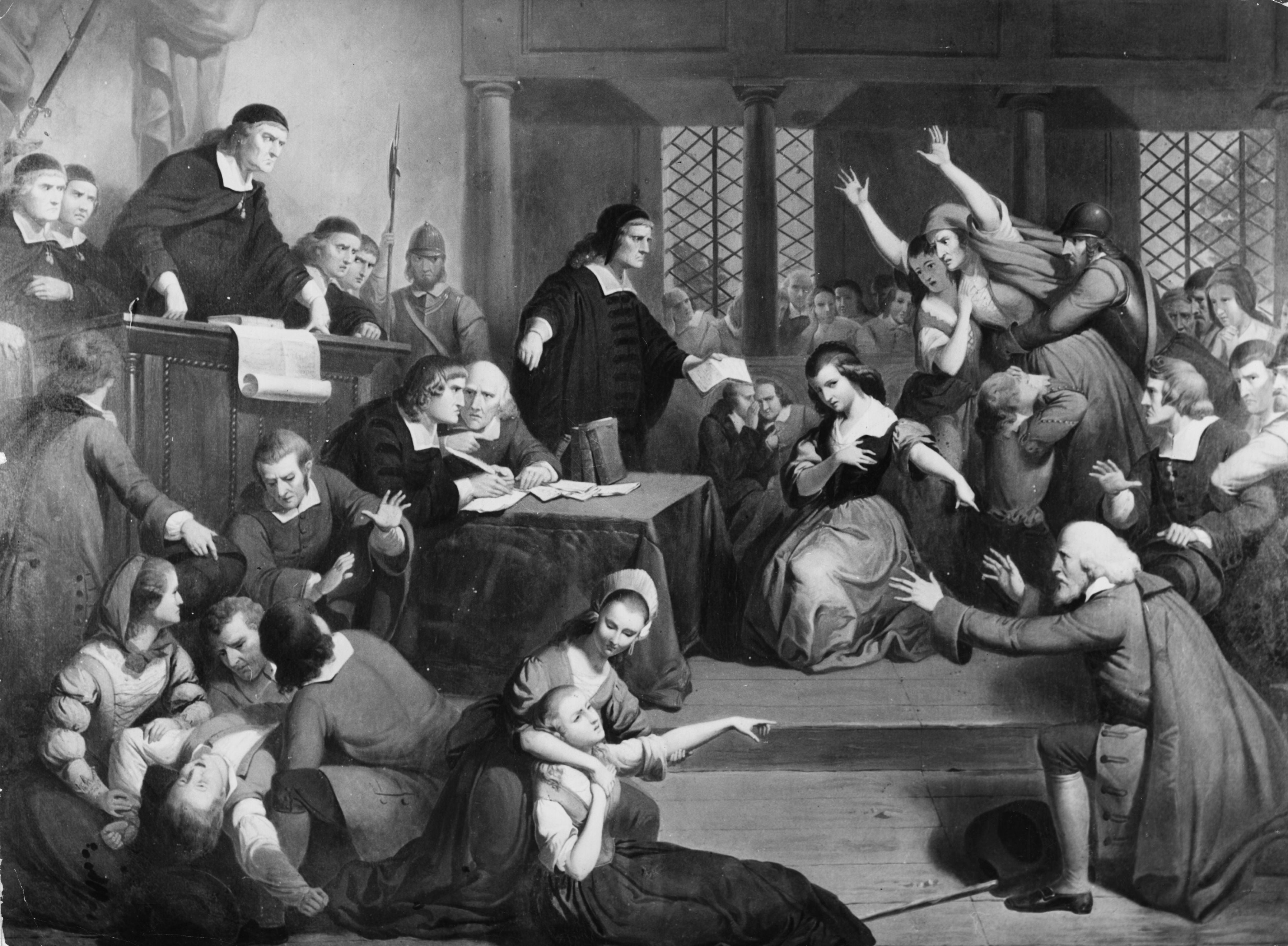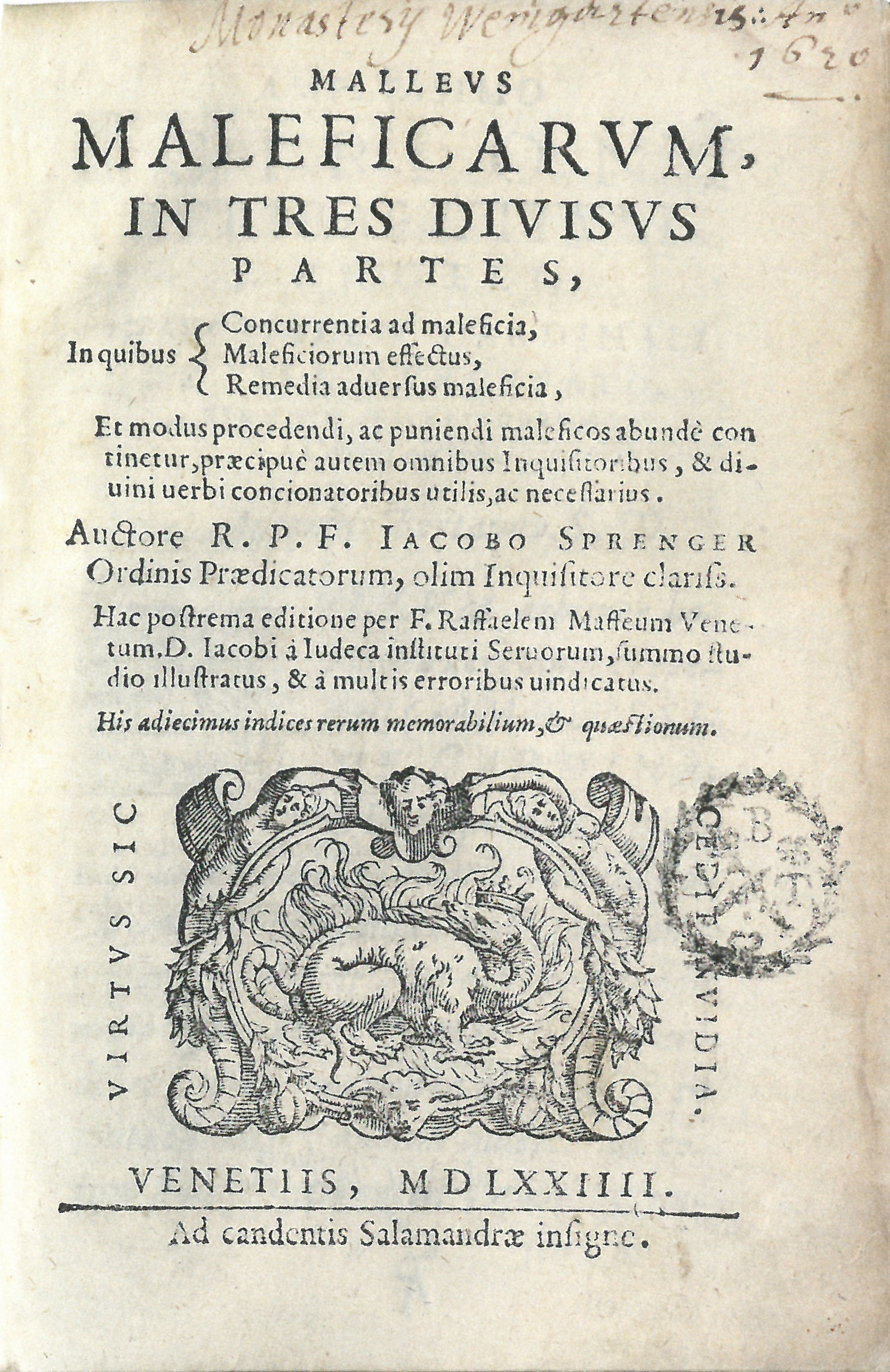How one of humanity’s most important inventions fuelled deadly witch hunts in Europe
Early books and influence of nearby cities created perfect conditions for persecution of women, study says
Your support helps us to tell the story
From reproductive rights to climate change to Big Tech, The Independent is on the ground when the story is developing. Whether it's investigating the financials of Elon Musk's pro-Trump PAC or producing our latest documentary, 'The A Word', which shines a light on the American women fighting for reproductive rights, we know how important it is to parse out the facts from the messaging.
At such a critical moment in US history, we need reporters on the ground. Your donation allows us to keep sending journalists to speak to both sides of the story.
The Independent is trusted by Americans across the entire political spectrum. And unlike many other quality news outlets, we choose not to lock Americans out of our reporting and analysis with paywalls. We believe quality journalism should be available to everyone, paid for by those who can afford it.
Your support makes all the difference.The advent of the printing press fuelled the spread of misinformation and the emergence of witch trials across Europe in the second half of the 15th century, according to a new study.
Researchers at the Santa Fe Institute found that the printing and dissemination of manuals on witch hunting, particularly the Malleus Maleficarum in 1487, played a key role in the persecution of nearly 90,000 women across Europe.
The witch hunts started in the late 15th century in Central Europe and lasted more than 300 years with estimates suggesting nearly 45,000 women were executed.
Cities were socially influenced by observing what their neighbours were doing, according to the new research published in the journal Theory and Society.
“The combination of new ideas from books and the influence of nearby trials created the perfect conditions for these persecutions to spread,” study co-author Kerice Doten-Snitker said.

In the study, scientists assessed how new ideas about witchcraft spread through social and trade networks, influencing behaviours in Europe.
They analysed data on the timing of witch trials and the publication of witch hunting manuals in 553 Central Europe cities between 1400 and 1679AD.
With the advent of the printing press, there was rapid dissemination of ideas about witchcraft which had previously been confined to small circles of religious scholars and local inquisitors.
One book in particular, the Malleus Maleficarum, came to be used as a theoretical and practical guide for identifying, interrogating and prosecuting witches, researchers said.
The study found that the publication of each new edition of the Malleus Maleficarum was followed by an increase in witch trials.
Authorities began using this book in circulation to manage suspected witchcraft in their communities.

When one city adopted the practices outlined in the book, nearby cities often followed suit in a process the researchers term “ideational diffusion”.
People initially took “many years” to digest new ideas about witchcraft and turn them into behaviour. But once these ideas took hold, they created a slow but powerful ripple effect across the continent.
“The process of adopting witch trials is not unlike how modern governments adopt new policies today,” Dr Doten-Snitker said.
“It often starts with a change in ideas, which are reinforced through social networks. Over time, these ideas take root and change the behaviour of entire societies.”

Join our commenting forum
Join thought-provoking conversations, follow other Independent readers and see their replies
Comments